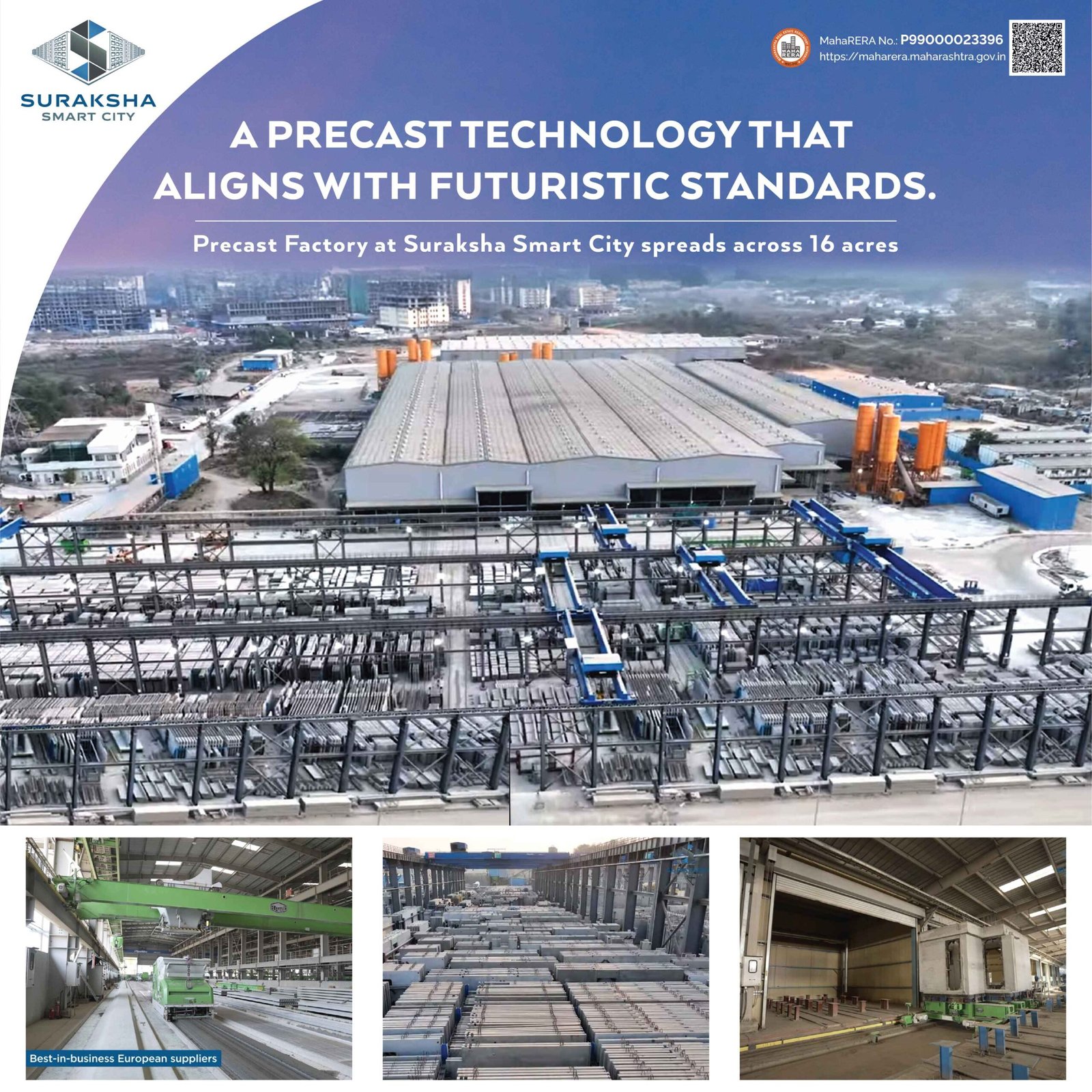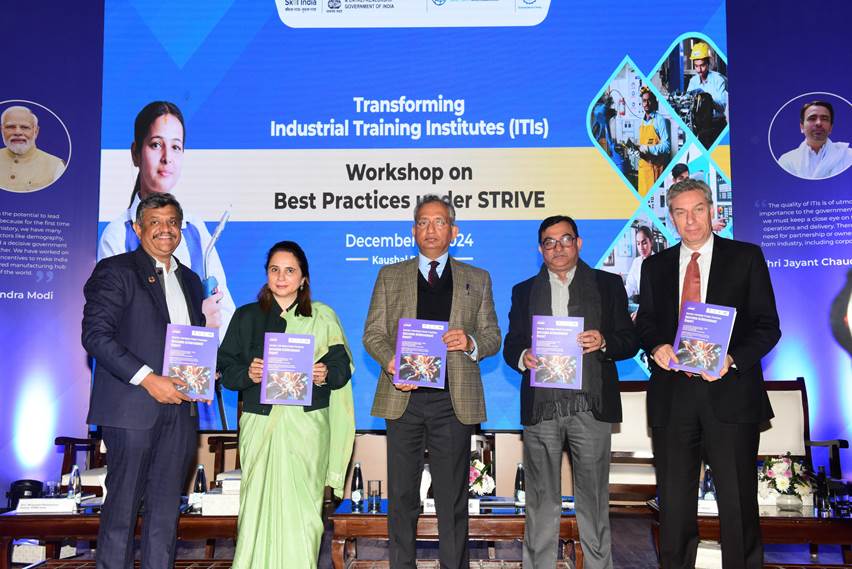Workplace safety is a shared responsibility requiring collective efforts from governments, industry associations, chambers of commerce, and MSMEs themselves. While resource constraints often hinder smaller enterprises, targeted strategies focusing on awareness, training, and collaboration can bridge these gaps. Below is a reimagined approach to enhancing safety through stakeholder involvement:
1. Awareness Campaigns through Industry Associations and Chambers of Commerce
Industry associations and chambers of commerce are uniquely positioned to raise awareness about workplace safety regulations and best practices. These organizations can:
Organize Safety Campaigns: Conduct tailored campaigns for MSMEs, highlighting the benefits of a safe workplace, such as increased productivity and reduced operational risks.
Develop Informational Resources: Disseminate guides, checklists, and case studies to educate MSME owners and workers on safety standards aligned with ILO conventions.
Host Safety Expos: Showcase innovative safety technologies and services accessible to smaller enterprises.
2. Training Programs and Capacity Building
Training is a cornerstone of workplace safety. Chambers of commerce can act as facilitators by collaborating with governments, NGOs, and international organizations like the ILO. Key strategies include:
Workshops and Seminars: Offer low-cost workshops on hazard identification, emergency response, and equipment handling.
E-Learning Modules: Provide multilingual online courses to reach MSMEs in remote areas.
Train-the-Trainer Programs: Enable MSME representatives to train their own teams, ensuring grassroots knowledge dissemination.
Certification Programs: Partner with safety organizations to offer certifications, boosting MSME credibility and competitiveness.
3. Policy Advocacy and Government Collaboration
Chambers of commerce can advocate for MSME-specific policies and act as a bridge between governments and businesses. Actions include:
Financial Incentives: Lobby for tax breaks or subsidies for MSMEs investing in safety measures.
Public-Private Partnerships: Promote affordable safety solutions like IoT sensors and automated systems.
Inclusive Policymaking: Represent MSMEs in drafting occupational safety regulations.
4. Role of International Standards and Certifications
Global standards such as ISO 45001:2018 for Occupational Health and Safety Management Systems and other certifications provide structured frameworks to enhance workplace safety. These include:
ISO 45001: Occupational Health and Safety Management Systems
ISO 45001:2018 provides a comprehensive framework for improving employee safety, reducing workplace risks, and fostering safer working conditions. Key aspects include:
Risk Assessment: Identifying and mitigating hazards.
Compliance: Aligning with regulatory requirements.
Continuous Improvement: Ensuring ongoing enhancement of safety practices.
Adopting ISO 45001 enables organizations, including MSMEs, to demonstrate their commitment to worker safety while meeting international benchmarks.
Integration with Other Standards
ISO 14001: Environmental management to minimize workplace environmental hazards.
ILO Conventions: Provide frameworks for hazard identification, workplace inspections, and worker training.
5. Recommendations for Stakeholders
For MSMEs:
Develop Safety Policies: Align practices with ILO standards and SDGs.
Invest in Training: Participate in chamber-led workshops to stay updated.
Emergency Preparedness: Equip sites with first aid kits, fire extinguishers, and evacuation plans.
Regular Inspections: Conduct self-audits and invite external experts for reviews.
For Chambers of Commerce and Industry Associations:
Create Support Platforms: Establish online portals offering resources and expert access.
Promote Collaboration: Facilitate partnerships between MSMEs and safety solution providers.
Encourage Recognition: Introduce awards or certifications for exemplary safety practices.
What must governments do?
Provide Incentives: Offer tax benefits and subsidies for MSMEs adopting safety standards.
Ensure Accessibility: Develop affordable training and certification programs.
Foster Collaboration: Partner with chambers and associations to implement targeted safety initiatives.
Conclusion
Ensuring workplace health, safety, and security is a strategic investment for sustainable growth. MSMEs must adopt global standards like ISO 45001 and align with frameworks established by ILO, UN, and WHO. By fostering collaboration among stakeholders and leveraging certifications and standards, MSMEs can create safer, more resilient workplaces, contributing to employee well-being and long-term success.
Author Profile

Latest entries
 Reports30 October 2025WALK TO WORK: A CONCEPT BROUGHT TO LIFE
Reports30 October 2025WALK TO WORK: A CONCEPT BROUGHT TO LIFE Data18 October 2025Global Study on Startups and Family Firms: Cross-Learning for Growth and Resilience
Data18 October 2025Global Study on Startups and Family Firms: Cross-Learning for Growth and Resilience AI17 October 2025Professor Nelson Granados Joins Prow™ as Chief Intelligence Officer, Strengthening AI and Academic Leadership
AI17 October 2025Professor Nelson Granados Joins Prow™ as Chief Intelligence Officer, Strengthening AI and Academic LeadershipUncategorised11 February 2025Wearable Technology Market Poised for Growth: Opportunities for SMEs in the Expanding Ecosystem













